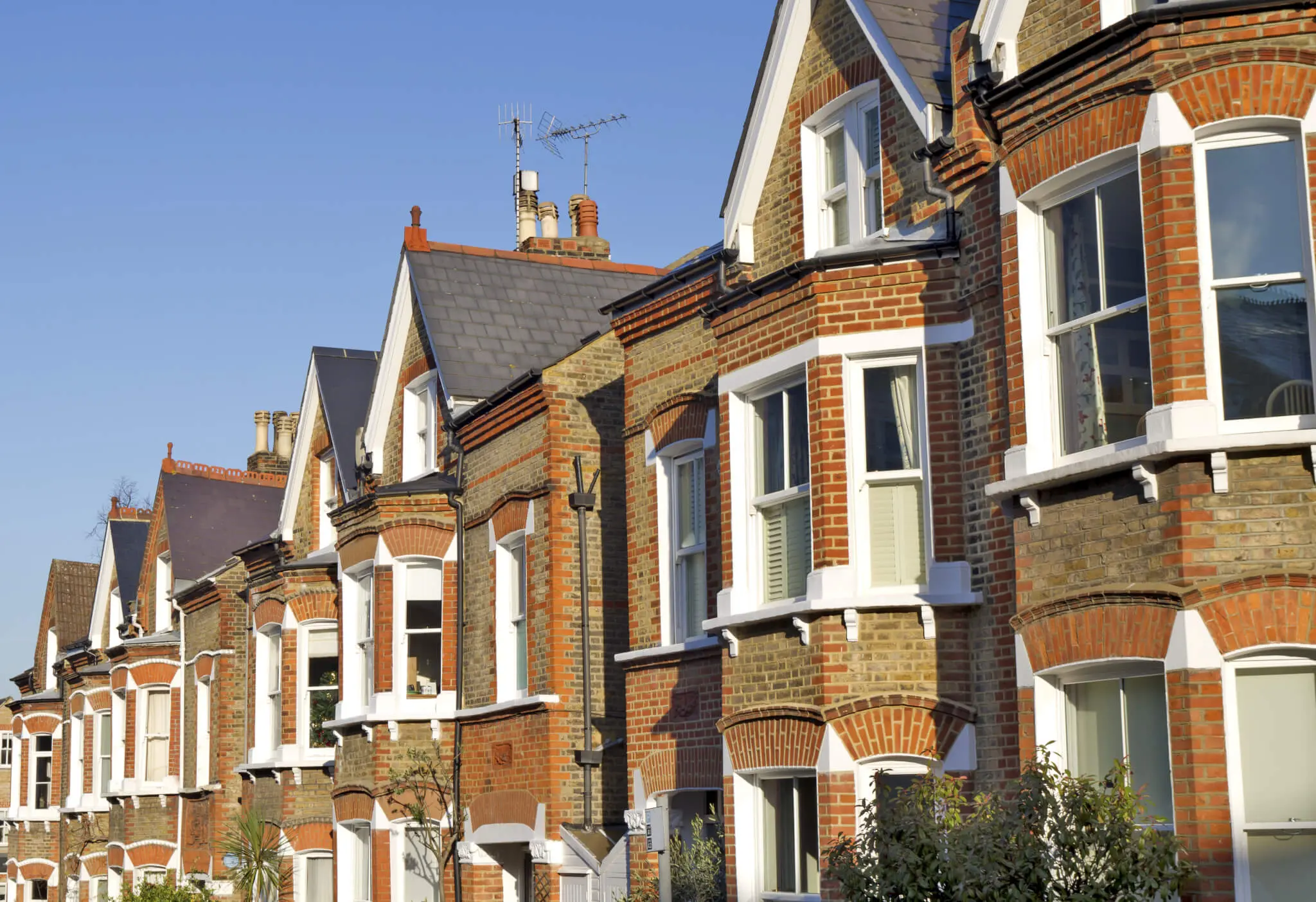The Homes (Fitness for Human Habitation) Act 2018 (“HFHHA”) was enacted on 20 December 2018 and came into force on 20 March 2019, with the primary purpose to (a) improve the standard of housing in the private and social rented sectors; and (b) give tenants the right to take direct legal action requiring their landlord to rectify a defective property. The HFHHA achieves this by implying into tenancy agreements that the dwelling must be fit for human habitation at the commencement of the tenancy agreement, and that the dwelling remains fit for human habitation until the tenancy is determined.
It is for the courts to determine whether the dwelling is fit for human habitation. A Housing Health and Safety Rating System (HHSRS) assessment is not necessary. However, a landlord might choose to carry out an assessment if they want to establish whether a serious health and safety hazard is present. The courts will decide whether a property is fit for human habitation by considering the matters set out in section 10 of the Landlord and Tenant Act 1985. These are whether:
- the building has been neglected and is in a bad condition
- the building is unstable
- there’s a serious problem with damp
- it has an unsafe layout
- there’s not enough natural light
- there’s not enough ventilation
- there is a problem with the supply of hot and cold water
- there are problems with the drainage or the lavatories
- it’s difficult to prepare and cook food or wash up
- or any of the 29 hazards set out in the Housing Health and Safety (England) Regulations 2005
The landlord is considered responsible from when he or she is made aware of the hazard by the tenant. However, any hazard located in common parts of a block of flats or a House in Multiple Occupation would make the landlord immediately liable. The landlord will then have a reasonable amount of time to deal with this hazard, which will depend on the circumstances. Once the landlord has been made aware of a hazard, and is not actively attempting to remedy this hazard, the tenant would be able to take their landlord to court. It is then for the court to decide whether the landlord dealt with the hazard in a reasonable time. If the court decides that the landlord has not provided their tenant with a home that is fit for habitation, then the court can make the landlord pay compensation to their tenant or make the landlord do the necessary works to improve their property. Currently there are no specified limits on the level of compensation that can be awarded, and this is at the discretion of the judge. Factors which will be taken into account include the perceived harm that has been inflicted on the tenant, the longevity of the issue and the severity of the unfitness in the dwelling.
In summary, the HFHHA has given tenants a means of compelling their landlords to improve conditions in their homes or to be compensated for the loss. However it will ultimately be for the Courts to decide how broad or narrow the scope will be defined. If you would like to know more, Hamlins can assist with your queries. Please contact the Hamlins Property Litigation team for further information.




